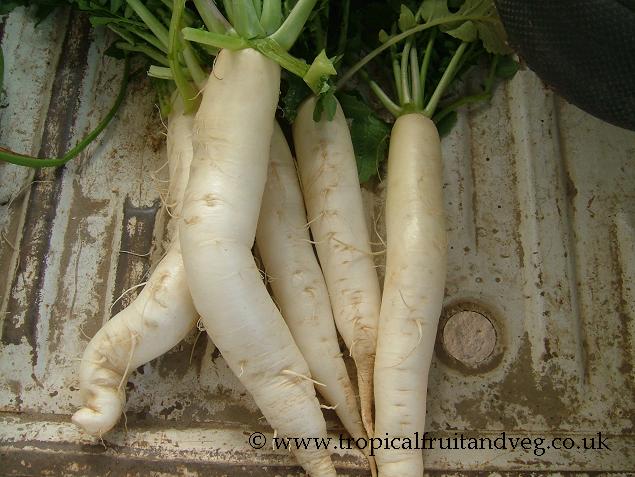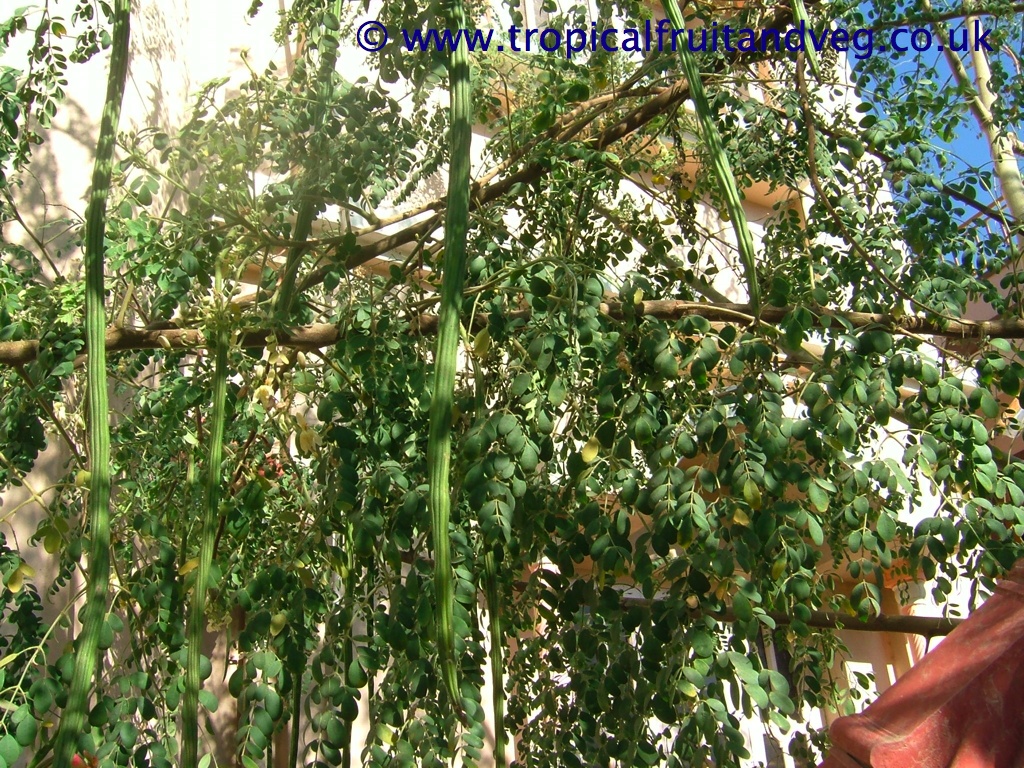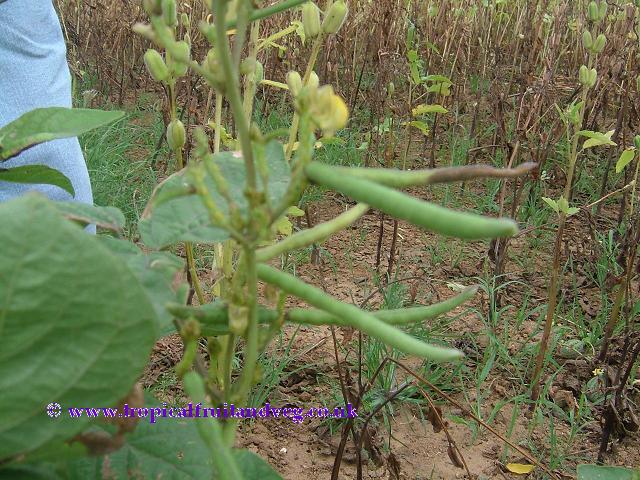| Uses: 56 to 60 of 99 NextPage Go to Page: 1 2 3 4 5 6 7 8 9 10 11 12 13 14 15 16 17 18 19 20 | |

|
Millet
Botanical Name: Pennisetum glaucum, Setaria italica, Panicum miliaceum Millet is the staple food of the diet of many people in Africa, India and China. It does not contain any gluten so is used to make various type of flatbreads and sometimes mixed with other flour like wheat to make it more palatable. It is seen as food for the poor. In Western European countries it is used as bird feed. |

|
Mogri
Botanical Name: Raphanus sativus Radish pods are often used in salads, stir fries or eaten raw with meat. They should not be cooked too much as it reduces its fiery strength. |

|
Mooli
Botanical Name: Raphanus sativus Mooli taste similar to radish but stronger and is popular in Indian, Chinese, Japanese and Korean cooking. It is used raw in salads and also shredded and cooked and put into many dishes. Fresh leaves can also be eaten as a leaf vegetable but they are often removed when sold in a store because they do not adjust well to the refrigerator, yellowing quite easily. |

|
Moringa
Botanical Name: Moringa oleifera Considered one of the world’s most useful trees, as almost every part of the Moringa tree can be used for food, or has some other beneficial property. In the tropics it is used as foliage for livestock. The immature green pods, called “drumsticks” are probably the most valued and widely used part of the tree, they have a slight asparagus taste. In India, they are cut into 5 to 10 cm length pieces, split in half and used in curries. The seeds are sometimes removed from more mature pods and eaten like peas or roasted like nuts. The flowers are edible when cooked, and are said to taste like mushrooms. The roots are shredded and used as a condiment in the same way as horseradish, however it contains the alkaloid spirochin, a potentially fatal nerve paralyzing agent, so such practices should be strongly discouraged.The leaves are cooked and used as spinach. In addition to being used fresh as a substitute for spinach, its leaves are commonly dried and crushed into a powder, and used in soups and sauces. The seeds may be crushed and used as a flocculant to purify water. The moringa seeds yield 38–40% edible oil (called Ben oil, from the high concentration of behenic acid contained in the oil) that can be used in cooking, cosmetics, and lubrication. The refined oil is clear, odorless, and resists rancidity at least as well as any other botanical oil. The seed cake remaining after oil extraction may be used as a fertilizer.The bark, sap, roots, leaves, seeds, oil and flowers are used in traditional medicine in several countries. In Jamaica, the sap is used for a blue dye. |

|
Mung
Botanical Name: Vigna radiata, Phaseolus aureus Mung beans have a variety of food uses and are very popular in Asian cooking. They may be split or ground. They may be used peeled or whole. They are sweet, and soft, and they are easily digested. The most popular use of mung beans in the western world is for sprouting. |
| 56 to 60 of 99 NextPage Go to Page: 1 2 3 4 5 6 7 8 9 10 11 12 13 14 15 16 17 18 19 20 | |